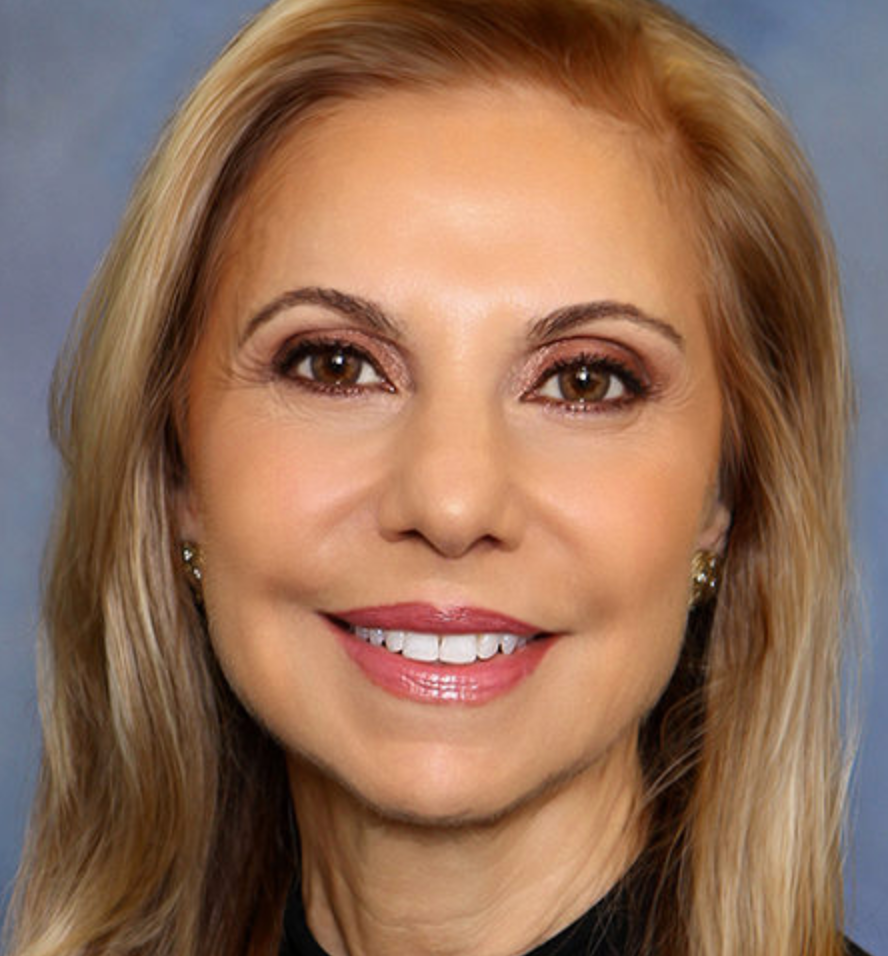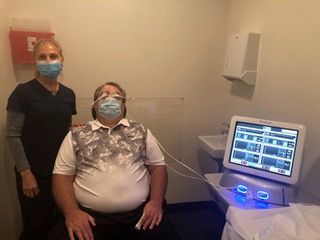News
Article
Making dry eye manageable for patients working from home
Author(s):
One ophthalmologist offers insight on how to help patients treat their dry eye symptoms when working from home amid the pandemic.
Patients working from home

Dr. Matossian

When coronavirus restrictions meant ophthalmologists could only see emergency cases in our offices, fortunately, I was able to use teleconferencing as a means to communicate with many patients who were experiencing ocular discomfort due to dry eye disease (DED).
Their eyes were hurting, tired, gritty, blurry, and unable to sustain the long periods of screen use required by their new work-from-home (WFH) arrangements.
This is typical dry eye symptomatology. But many of these folks were my existing dry eye patients with prescribed treatments.
What was going on?
First, through the distraction-free intimacy of telemedicine, I noticed a common thread when I digitally connected with my patients: a compliance problem.
With the interruption of patients’ normal work and home routines, the additional stress related to their jobs, homeschooling — and even the inertia that comes from fatigue and depression — patients readily admitted that they were not using their prescribed medications nor adhering to their adjunctive at-home therapies.
Second, between working from home and relying on home entertainment, there was a significant leap in screen time, which we know means less blinking and drier eyes.
The challenge was to help my patients from a distance and, when they could safely return to our offices, to perform procedures that would help stabilize their tear film for a healthier ocular surface.
What can we do remotely?
When people are upset and worried about their eyes, listening to their frustrations is a big help. Once I heard their problems, my patients and I reviewed their medications and at-home regimen piece by piece.
Despite the fact that I always educated my patients exhaustively both verbally and in print during their office visits, I was surprised to find how little patients actually understood about the complexity of DED, the importance of each therapy, and how each part of the therapeutic regimen worked in an additive fashion to address their dry eye situation.
During the one-on-one telehealth calls, patients responded, “Now I get it!” and they were very thankful for the re-education.
They better understood, for example, that they cannot just take their oral omega-3 fatty acid supplements (HydroEye, ScienceBased Health; Physician Recommended Nutriceuticals [PRN]) twice a month or use their immunomodulator drops (Cequa, Sun Ophthalmics; Restasis, Allergan; Xiidra, Novartis) on an as-needed basis like artificial tears.
Preparing patients for the next 6+ months
In our telemedicine visits, many patients admitted, “I know I'm just never going to be good at taking eye drops.”
Either they were generally not good at remembering to use drops twice a day or their drop instillation was tied to a routine that was now gone. That's where procedures come in.
To comprehensively address DED, we typically pair in-office procedures with prescription medications and other at-home regimens.
However, if someone readily admits that their compliance likely will not improve, a procedure to help the meibomian glands becomes even more important.
Patients who are noncompliant with their prescription medications or their at-home lid scrubs, moistened heat masks, or oral supplements may experience some symptomatic relief with an office procedure.
Dr. Matossian treats a patient for LipiFlow from her office amid the coronavirus pandemic. (Image courtesy of Dr. Matossian)

Intense pulsed light (IPL) (Optima IPL, Lumenis) targets inflammation, the underlying cause of meibomian gland dysfunction (MGD), by closing off abnormal blood vessels in the eyelids and eye area that contribute to the inflammatory cycle.
Thermal pulsation (iLUX, Alcon Laboratories; LipiFlow, Johnson & Johnson Vision; TearCare, Sight Sciences) evacuates the meibomian glands. If the patient has scurf on the lid margins, it can be removed with microblepharoexfoliation (BlephEx).
When we re-opened our office doors to see non-emergent patients, we became very busy treating dry eye. I think the long-lasting results of procedures are a welcome relief, offering patients some comfort even if compliance falters with at-home care.
Some patients view the procedural approach as an insurance policy that their dry eye relief will continue as we look ahead at the possibility of more lockdowns and more months of working from home.
Looking future, no one knows when work and school will return to normal or what the new normal will look like.
I plan to offer in-office procedures to provide relief not only for my WFH patients, but also for everyone with MGD who could benefit from these treatment options.
About the author
Cynthia Matossian, MD, FACS
Dr. Matossian is the founder and medical director of Matossian Eye Associates, Pennsylvania and New Jersey; adjunct clinical instructor at Temple University School of Medicine, Philadelphia.
Newsletter
Don’t miss out—get Ophthalmology Times updates on the latest clinical advancements and expert interviews, straight to your inbox.




